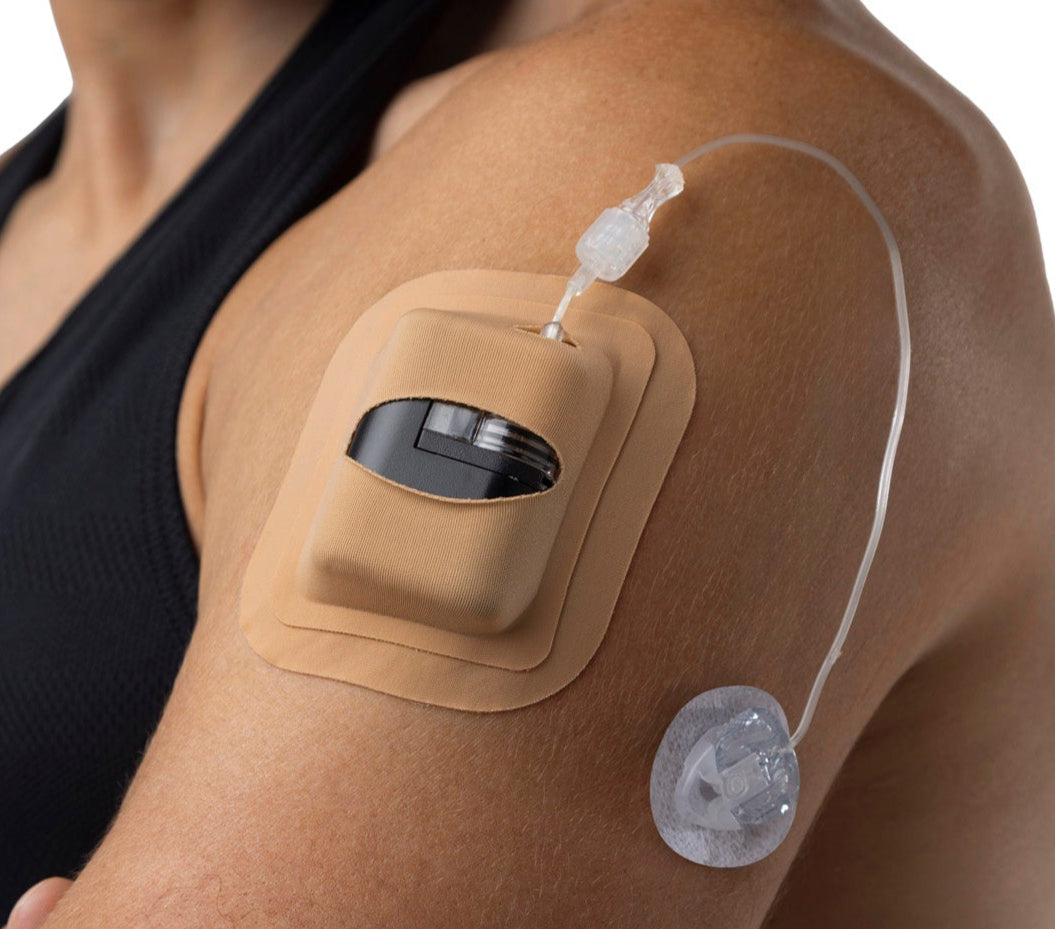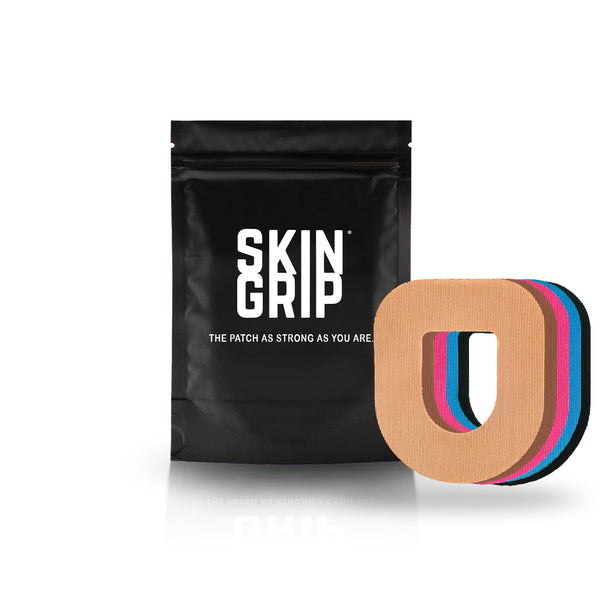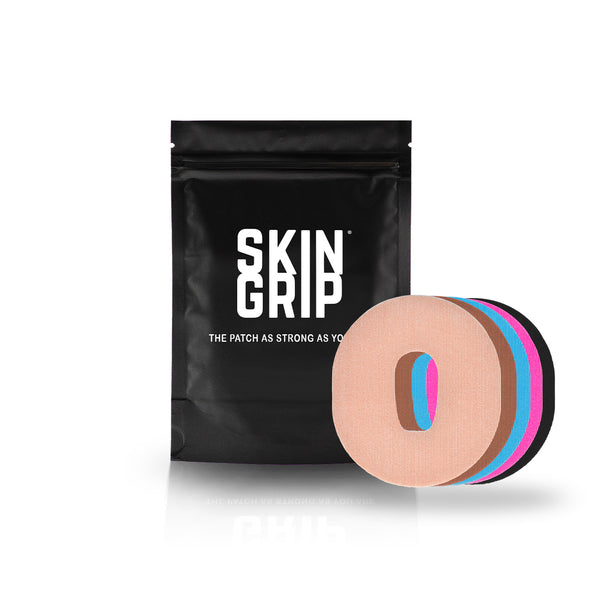*Disclaimer: All content and information in this blog is for informational and educational purposes only. This article was medically reviewed by Amanda Ciprich, MS, RD. Last updated on 5/28/204.
Yes, people with diabetes can eat pizza! But they need to do so with careful consideration and planning to manage their blood sugar levels effectively. Continue reading to learn more about strategies for eating pizza safely with diabetes!
Is pizza safe for people with diabetes?
The short answer is yes, but it requires careful consideration to manage blood sugar levels effectively.
What are the best types of pizza for people with diabetes?
For people with diabetes, the best types of pizza are those that have a lower impact on blood sugar levels. Here are some suggestions to make pizza more diabetes-friendly:
Whole Grain Crust Pizza
Whole grain crust contains more fiber which helps slow down the absorption of carbohydrates and reduce blood sugar spikes.
Thin Crust Pizza
Opt for thin crust instead of thick or stuffed crust pizza to reduce the carbohydrate content per slice.
Add a Fiber Source
Choose non-starchy vegetables like bell peppers, onions, mushrooms, spinach or broccoli as toppings or a side salad to add fiber and nutrients without increasing carbohydrates.
Margherita Pizza
A classic Margherita pizza pie has a thin crust with tomato sauce, fresh mozzarella and basil is a simpler option with fewer ingredients that can be easier to manage.
Homemade Pizza
Making pizza at home allows for better control over ingredients. Use a whole grain crust or alternative crusts, limit the amount of cheese and pile on the veggies.
How many pizza slices can a person with diabetes eat?
The number of pizza slices a person with diabetes can eat will vary with each individual. Here are some key considerations to help determine an appropriate portion for you:
Understand Carbohydrate Counting
People with diabetes often manage their blood sugars by counting carbohydrates. A typical meal might include 45-60 grams of carbohydrates, though this can vary. A standard slice of pizza can contain anywhere from 15-40 grams of carbohydrates, depending on the crust, toppings and size.
Consider Pizza Type and Toppings
The pizza you choose significantly affects your blood sugar levels. Consider the type of crust, toppings and sides and how they may influence your blood sugar levels.
Monitoring Blood Sugar Levels
It’s important to monitor blood sugar levels before and after eating pizza to understand its impact. This can help in understanding how different portion sizes impact your blood sugar levels.
Balancing the Meal
Pairing a pizza with a salad or non-starchy vegetables can reduce the overall glycemic load of the meal. This balance can allow for a more satisfying meal without increasing the carbohydrate content from additional slices of pizza.
Personal Factors
Between age, activity level, medication, and individual blood sugar responses are all personal factors that should be considered when considering how many pizza slices to eat.
General Guidelines for Eating Pizza with Diabetes
If you are planning on having pizza, consider the following general guidelines:
- Balance the Meal: If having pizza, balance it with foods that are lower in carbohydrates and high in fiber, like a large salad or vegetable toppings.
- Start with One Slice: Begin with one slice and see how your blood sugars respond before having more.
- Opt for Thin Crust: Consider opting for thin crust whenever possible for more flexibility in how many slices you can have.
Summary
While pizza may require some careful consideration for individuals with diabetes, it can still be enjoyed as part of a balanced and mindful diet. As always, it's essential for individuals with diabetes to work closely with their healthcare team, including registered dietitians or certified diabetes educators, to tailor their dietary choices and management strategies to their unique needs and preferences.
About Amanda Ciprich, MS, RD
Amanda Ciprich, a registered dietitian with a specialization in type 1 diabetes, was diagnosed with T1D herself at the age of 18. With her expertise and personal experience, she has authored two books, including "The Caregiver's Guide to Diabetes: Practical Advice for Caring for Your Loved One." As the founder of T1D Nutritionist, a virtual insurance-based private practice, Amanda provides counseling and guidance to individuals with T1D and their families, supporting them in effectively managing diabetes.
























